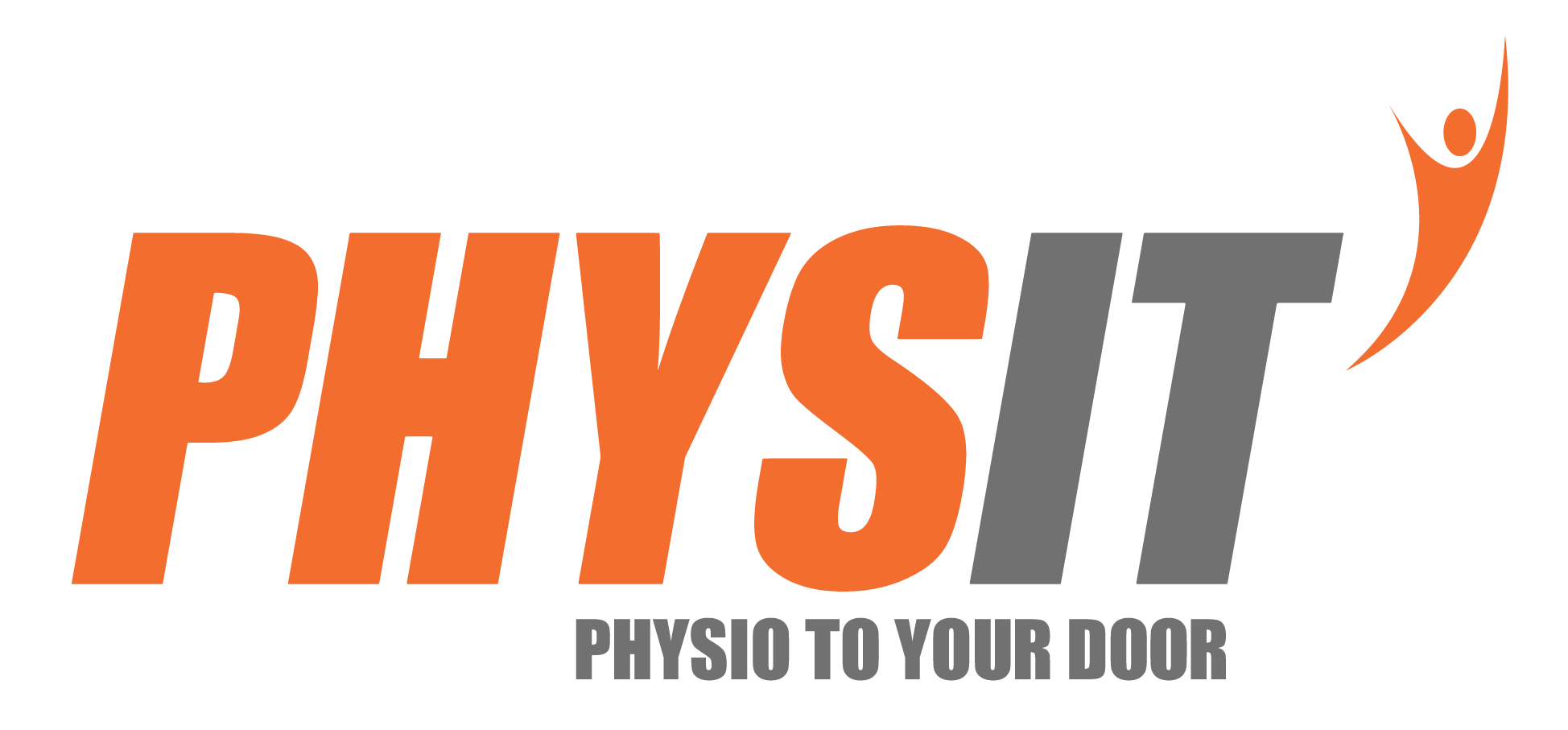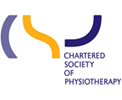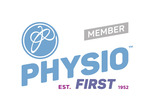Our Physit physiotherapists have many years of expertise in appropriate hands-on analysis of aches and pains. One concern they are often presented with is a ‘knot’ that needs relief.
Take a look below at a physiotherapist’s insight into what may be the actual cause of your pain, and what we can do to help!
You have probably found yourself saying, “I have so many knots at the moment” or “I’ve got a really big knot in my shoulder”. But, can your muscles get knotted? The short answer is: no.
Before I continue it is important to note there is nothing wrong with you. Your body is working well, and is not a mess of knots at all!
Medical scientists are still not completely certain what causes the feeling and sensation of a knot, so, I am writing with my understanding of the best current theory.
When people come to me saying they have knots, the issue is more often than not, tight muscles.
But, if I don’t have a knot, what am I feeling?
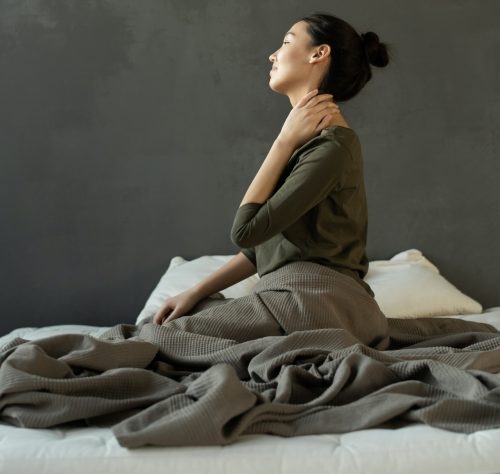
Skeletal muscle tissues are made up of long fibres that are attached at both ends to tendons (which in turn attach to bones) – there is no unattached end of a muscle fibre, so there is no loose end to knot itself with.
Simply put, a knot is an area of muscle fibres that have contracted but are not able to release. Knots often occur around the ‘Motor Point’ of a muscle; motor points correspond to the point where the nerves enter the muscle belly. These motor points set the tension of the muscle.
A dysfunction in the muscle fibres around a motor point, results in a taut band within the muscle belly, with a painful spot in the middle – this painful spot is the ‘Trigger Point’.
How can I tell if my pain is a ‘muscle knot’?
A knot, or trigger point, may feel like a small hard lump. These may be felt with just a soft touch, some may reside in your deeper layers of soft tissue.
A trigger point can form anywhere in the body where there is skeletal muscle and fascia. The various muscle fibres start to stick to each other and become adhered – imagine the texture of PVA glue when it dries and gets sticky.
The development of lumps, bumps, or hard areas, anywhere on your body should always be investigated by your GP and your Physiotherapist.
Types of Trigger Points
- An Active Point expresses pain even when you are not touching it.
- A Latent Point only exhibits pain when you apply pressure to the area.
What causes a muscle ‘knot’?
- Stress. Mental and emotional stress are major factors in forming muscle knots.
- Tension in your muscles.
- Injuries due to lifting.
- Repetitive action – If you use the same muscle continually, doing the same task (typing, using the mouse, texting, sports), it often exceeds the functional endurance of the muscle – this causes pain. Your body is designed to do tasks using a variety of muscles.
- Poor Posture – this can cause some muscles to be over-stretched, whilst others to be over-shortened. This imbalance is seen consistently in people working on laptops, or who look down at their phones.
- Prolonged sitting – If you spend a lot of time sitting at work, you are likely to develop muscle knots due to staying in the same position for prolonged periods.
- Dehydration.
Factors that increase your risk of developing ‘knots’
- Lack of vitamins and minerals – especially a deficiency in vitamins B1, B6, B12, vitamin C & folic acid
- Difficulty sleeping.
- History of joint problems.
- History of injuries.
- Sedentary lifestyle.
- People who play repetitive sports.
- People who work using their hands in a repetitive action.
Common areas for muscle knots

- Trapezius (back of the neck and shoulders)
- Neck/Base of your skull
- Latissimus Dorsi (lower back)
- Erector Spinae (a group of muscles along the length of the spine)
- Gluteal muscles (the buttocks)
- It is possible to get a ‘muscle knot’ anywhere there is skeletal muscle.
How can I treat my ‘knot’?
- The best and most effective treatment is soft tissue therapy massage !
- Relaxation. Dedicate time to relax your body and mind – you can try meditation, listen to music, take a holiday, or just give yourself time to lie down for 10 minutes.
- Stretching is incredibly important to combat muscle knots; as well as helping your muscle health improve generally. Remember to hold all stretches for 30 seconds or more.
- Book a pilates session today to learn what stretches will help you the most.
- Aerobic exercise.
- Keep gently moving throughout the day to keep fresh blood circulating throughout your body.
- Heat Therapy. Apply a covered heat pad to the sore muscle knot and allow the heat to increase blood flow to the area.
- Self-massage with a muscle rub.
- Create a healthy, relaxing bedtime routine to increase your sleep daily.
- Drink plenty of water.
Should you need some immediate relief and using no equipment, try stretching your levator scapula (the skeletal muscle situated at the back and side of the neck) by following the steps below.
Stretch the Levator Scapula
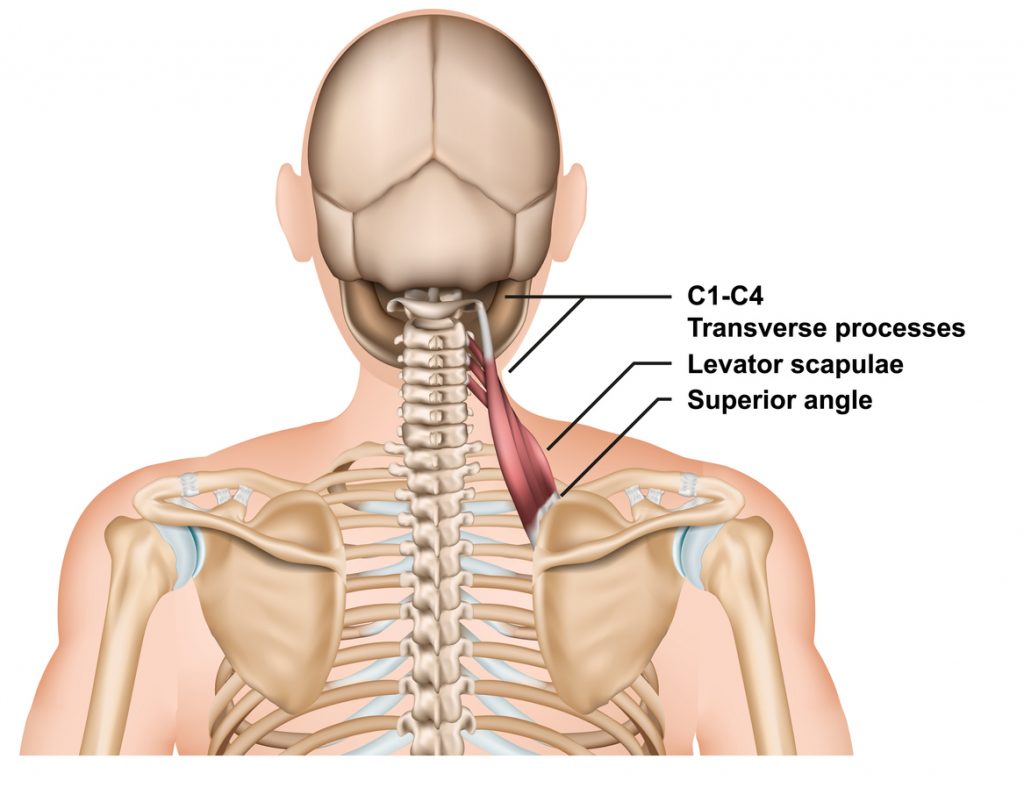
- Place your right hand behind your back.
- Take your left hand and pull your head forwards and to the right side at an angle, until you feel a stretch from the base of your skull down into your shoulder blade.
- Hold this stretch gently for 30 seconds.
- Repeat on the other side.
If you are struggling with tension and difficulties with your neck and spine, Physit can help. Don’t hesitate to contact us on 07714244438 or email at info@physit.co.uk to set up your initial consultation.
